Keeping your walls clean is an essential part of maintaining a fresh and inviting home. Walls, like any other surface, can accumulate dust, dirt, and grime over time, affecting the overall look and feel of your living spaces. Whether you’re dealing with everyday buildup or stubborn stains, having a solid wall-cleaning routine can make all the difference. This guide will walk you through everything you need to know about cleaning your walls, from dusting to tackling tough stains, so you can keep your home looking its best.
The Basics of Wall Cleaning
Why Regular Wall Cleaning is Essential
Walls are often overlooked during routine cleaning, but they play a significant role in the cleanliness and appearance of your home. Dust, dirt, and allergens can accumulate on walls, leading to potential respiratory issues, especially for those with allergies or asthma. Regular wall cleaning not only helps improve indoor air quality but also keeps your home looking bright and well-maintained.
Choosing Safe and Natural Cleaning Solutions
When it comes to cleaning your walls, it’s important to use solutions that are both effective and safe for your home. Natural cleaning solutions like distilled white vinegar, baking soda, and hydrogen peroxide are excellent choices. They’re eco-friendly, non-toxic, and gentle on your walls, making them ideal for households with children and pets.
Step-by-Step Guide to Cleaning Painted Walls
Dusting Your Walls Before Washing
Before you start washing your walls, it’s crucial to remove any dust and cobwebs. Start at the top and work your way down, using a broom, a dry microfiber cloth, or a vacuum with a brush attachment. This step prevents dirt from smearing when you begin washing, ensuring a cleaner finish.
How To Clean Walls with Flat, Satin, and Eggshell Finishes
Walls with flat, satin, or eggshell finishes require a gentle touch, as these paint types are less durable than gloss or semi-gloss finishes. Use a soft sponge dampened with a mixture of liquid dish soap and water. Avoid scrubbing too hard, as this can damage the paint and leave streaks. For tough spots, a light dabbing motion is more effective than vigorous scrubbing.
How To Clean Walls Gloss and Semi-Gloss Finishes
Gloss and semi-gloss finishes are more durable and can handle a bit more elbow grease. For these walls, mix white vinegar, liquid dish soap, and baking soda to create a powerful cleaning solution. Apply with a soft sponge, scrubbing away dirt and grime in circular motions. Afterward, wipe the walls with a clean, damp microfiber cloth to remove any residue and let the walls air dry.
How to Clean Walls Latex Paints
Latex paint is commonly used in many homes, and cleaning it is straightforward. Mix a solution of warm water, dish soap, and distilled white vinegar. Dip a clean sponge into the solution, wring it out, and gently clean the wall in sections. The vinegar smell will dissipate as the walls dry, but you can speed up the process by wiping the walls with a damp cloth.
How To Clean Walls with Oil-Based Paint
Oil-based paint requires a different approach, as vinegar can dull and damage the finish. Instead, use warm water mixed with dish soap and baking soda. Keep the sponge damp while cleaning to avoid leaving streaks. Once you’ve cleaned a section, wipe it down with a damp microfiber cloth to remove any remaining soap residue.
Special Techniques for Stubborn Stains
Dealing with Crayon, Grease, and Shoe Scuff Marks
For stubborn stains like crayon marks, grease, or shoe scuffs, you’ll need a bit more effort. Create a paste using baking soda and water, then gently rub it onto the stain with a sponge in a circular motion. For stains from fruit drinks or red wine, dab a small amount of hydrogen peroxide onto the stain using a clean cloth, wait a few minutes, and then wipe the area with a damp cloth.
Removing Tough Stains with Baking Soda and Hydrogen Peroxide
Baking soda and hydrogen peroxide are your best friends when it comes to removing tough stains. Baking soda’s mild abrasiveness helps lift stains without damaging the paint, while hydrogen peroxide works well on organic stains like food or drink spills. Always remember to spot-test your cleaning solution on a small, inconspicuous area before tackling larger stains to ensure it doesn’t damage the finish.
How To Clean Walls Different Types
Wallpapered Walls
Wallpaper can be tricky to clean, especially if it’s not washable. Start by dusting the wall with a microfiber duster or cloth. For smudges and fingerprints, use a light touch with a soft cloth dipped in cornstarch and cold water. Gently dab at the stains without soaking the wallpaper, as too much moisture can cause damage.
Wood Walls
Wood walls require a special cleaning solution to maintain their natural beauty. Mix one cup of water, 1/4 cup white vinegar, 1/2 cup mineral oil, and 10 drops of lemon oil. Dampen a clean cloth with the solution and rub it into the wood, following the grain. This method not only cleans but also polishes the wood, leaving it with a warm shine and a pleasant lemon scent.
Kitchen and Bathroom Stains
Kitchen and bathroom walls often face tougher stains due to grease, soap scum, and mildew. For kitchen walls, mix a solution of 1/2 cup white vinegar, 1/4 cup baking soda, and 1 gallon of warm water. Use a sponge to scrub away grease and grime, then rinse with a clean, wet cloth. For bathroom walls, particularly those with tile, use hydrogen peroxide to remove mold and mildew. Apply a paste of baking soda and water to the grout lines, let it sit for 10 minutes, then scrub with a nylon brush and rinse clean.
Maintaining Fresh and Clean Walls
Tips for Regular Wall Maintenance
To keep your walls looking fresh, regular maintenance is key. Dust your walls weekly and spot-clean any stains as soon as they occur. Regularly disinfect commonly touched areas, such as switch plates and doorknobs, with rubbing alcohol to minimize germs.
Tools and Techniques for Easy Upkeep
Investing in the right tools can make wall cleaning easier and more efficient. Mr. Clean Magic Erasers are great for removing scuffs and surface stains, while microfiber cloths are ideal for dusting and wiping down surfaces without leaving streaks. Keep these tools on hand for quick touch-ups, and your walls will stay clean and fresh year-round.









